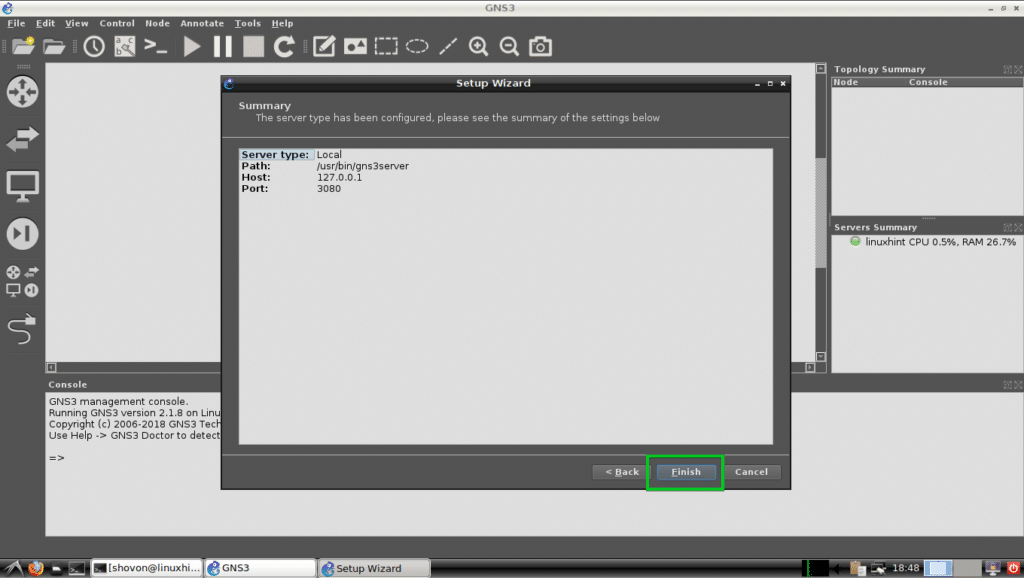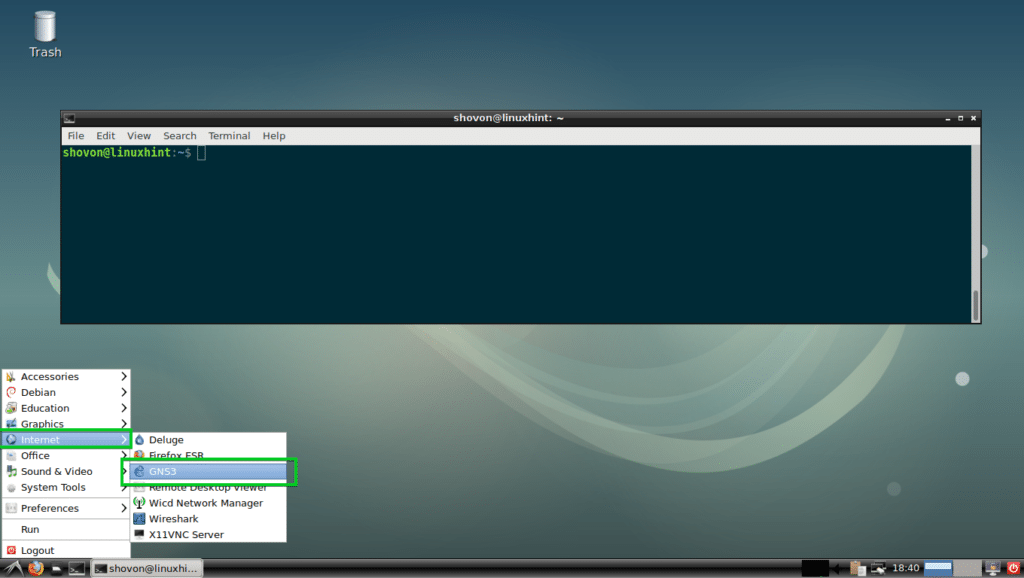
Now that we have the openTun function, we can send a SYN packet! Once it’s open, we can read from and write to it like any other file in Python.
Gns3 linux duplicate packets tun0 how to#
I figured out how to write it by searching through the Here’s a function to open a tun interface, you call it like openTun('tun0'). how to connect to the tun interface in Python It, I find ip to be very inscrutable and for now I’m resigned to just copyingĪnd pasting ip commands without fully understanding them. I’m not going to explain this ip addr add command because I don’t understand The iptables part is very important because otherwise the packets would onlyĮxist inside my computer and wouldn’t be sent to the internet, and what fun set up iptables to proxy packets from that tun device to the internet using NAT.Create the tun device with the IP 192.0.2.2 (and give your user access to write to it).Sudo iptables -A FORWARD -o tun0 -d 192.0.2.2 -j ACCEPT Sudo iptables -A FORWARD -i tun0 -s 192.0.2.2 -j ACCEPT Sudo iptables -t nat -A POSTROUTING -s 192.0.2.2 -j MASQUERADE sudo ip tuntap add name tun0 mode tun user $USER Here’s how I created a tun interface with IP address 192.0.2.2. We’re going to be using tun, because that’s what I could figure out how to “tap”, which lets you set Ethernet-layer packets.“tun”, which lets you set IP-layer packets.The system called “tun/tap” lets you create two kinds of network interfaces:
Gns3 linux duplicate packets tun0 code#
Hopefully the code examples below will make all it a bit more clear. Unfortunately I do not, so “virtual network device” is what you’re getting. I wish I understoodĮxactly how tun/tap devices interfaced with the real Linux network stack but

That explanation is honestly worse than I would like. But instead of it beingĪ real computer, it’s just a Python program I wrote. Network which is sending and receiving network packets. The way I like to think of tun/tap is – imagine I have a tiny computer in my Though, which is why I’m writing this blog post :) tun/tap gives you a “virtual network device” It took quite a few hours to figure out how to do that I was talking to a friend about this problem a few years ago and he said “you

System) is – the Linux kernel already has a TCP implementation! The problem with writing your own TCP implementation on Linux (or any operating The point is that to send network packets, we need to be able to send and (though I’ll say that this particular byte string has two parts: the first 20īytes are the IP address part and the rest is the TCP part) For example, here’s the first packet in a TCP connection: not going to talk about the structure of this byte string in this post what’s a network packet?Ī network packet is a byte string. All the code from this post is in this gist.


In this post we’re going to send a SYN packet (the first packet in a TCPĬonnection) from a tiny Python program, and get a reply from. How to do the very first step: sending network packets in Python. I’m still working on writing up that project, but today I wanted to talk about Libraries, as a way to explain how computer networking works. Working versions of computer networking protocols in Python without using any Recently I’ve been working on a project where I implement a bunch of tiny toy


 0 kommentar(er)
0 kommentar(er)
